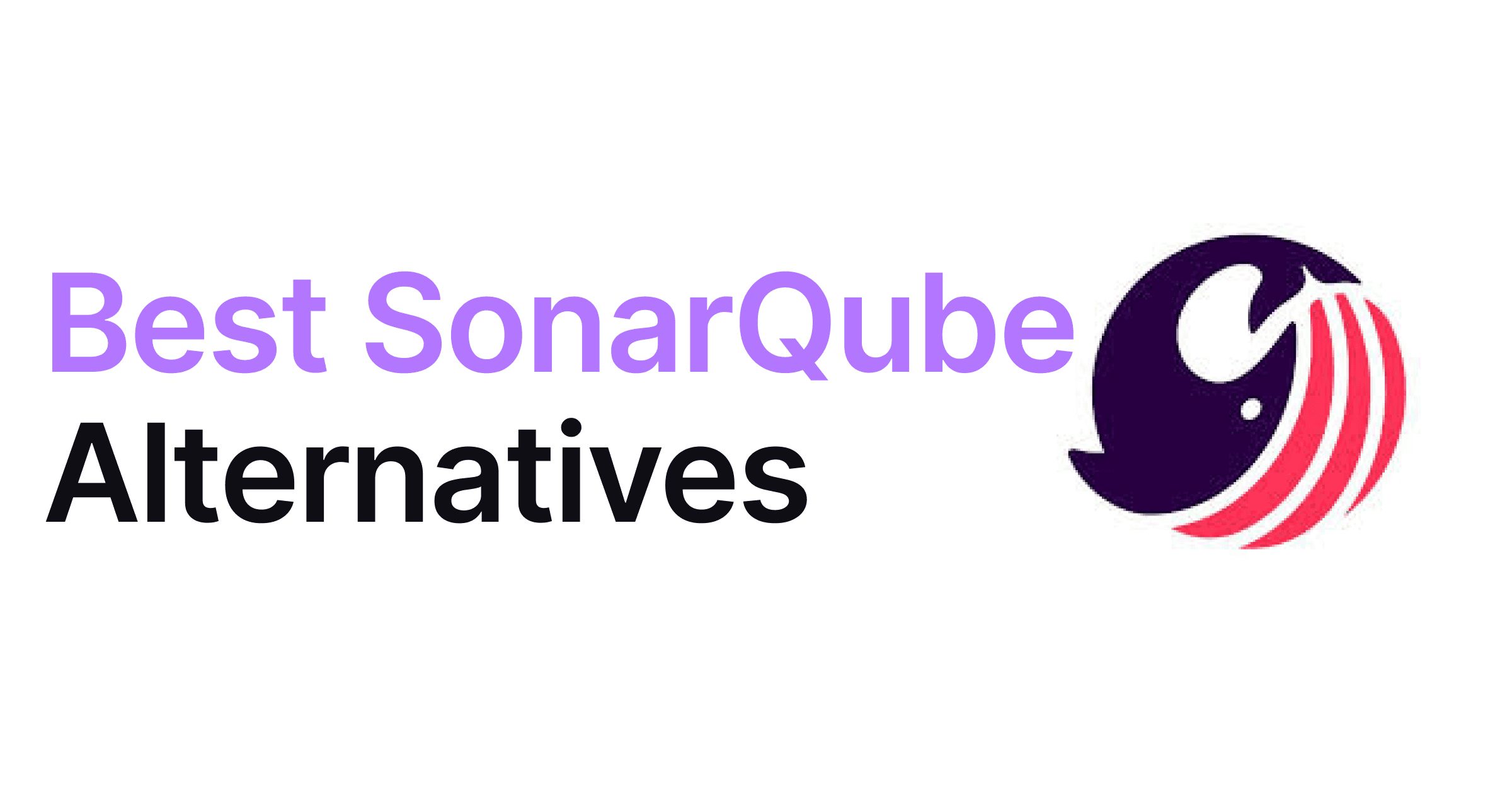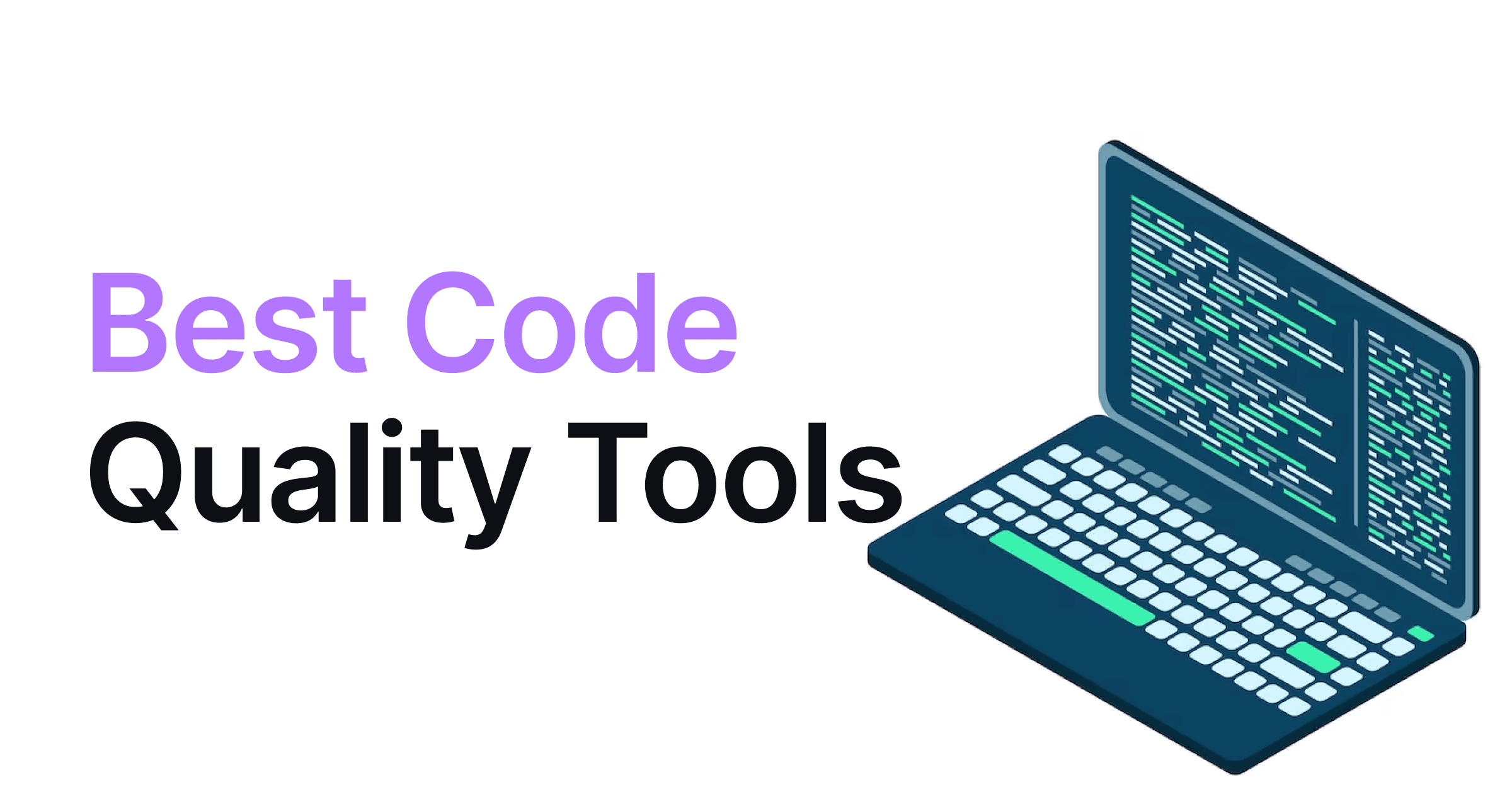AI Code Review
Github
Amartya Jha
• 18 March 2025
You've just finished a productive coding session, pushed your changes to GitHub, created a pull request, and then... the waiting game begins.
Your code sits there, gathering digital dust, while you context-switch to another task. Two days later, the comments finally arrive when you've completely forgotten what you wrote.
Sound familiar?
If you're nodding your head, you're not alone. The traditional GitHub code review process is breaking under the weight of modern development demands:
Teams are more distributed than ever before
Codebases grow increasingly complex
Security threats multiply daily
Release cycles keep getting shorter
But what if there was a better way? What if your code could be reviewed thoroughly, consistently, and within minutes rather than days? That's exactly what we're going to explore in this guide to using AI for automated code review on Github with CodeAnt AI.
Whether you're a frustrated developer tired of waiting for feedback, a team lead watching your metrics suffer, or a CTO concerned about security vulnerabilities, this mini guide will show you how to transform your GitHub workflow with intelligent automation.
Let's dive in!
The Breaking Points in Traditional GitHub Code Reviews
What exactly makes GitHub's review process so challenging? Let's explore the specific pain points developers face regularly.
1. Version Control Frustrations
Developers frequently struggle with GitHub's handling of feedback during code iterations:
When code changes are pushed, existing comments are marked as "Outdated."
Engineers must manually hunt through files to find where comments originally applied.
This persistent issue creates unnecessary friction in the revision process
Valuable time gets wasted tracking comment history rather than improving code
2. Remote Team Complications
For globally distributed engineering teams, these challenges intensify:
Research shows that geographic separation significantly extends review timeframes
What might be a 2-day wait locally can extend to a full week for global teams
Reviewer engagement measurably decreases with physical distance
Cross-timezone collaborations mean simple questions can cause day-long delays
3. Resource Allocation Problems
As engineering organizations expand, review bottlenecks become more pronounced:
Over one-third of development teams cite insufficient reviewer resources as their primary challenge
Senior developers become overwhelmed with review requests
Junior team members wait longer for crucial feedback
Technical debt accumulates while waiting for reviews
Code quality suffers while changes await review
4. Security Vulnerability Risks
The human limitations of manual reviews create security concerns:
A 2024 ResearchGate paper highlighted how reviewer fatigue leads to missed security issues
When facing large review backlogs, subtle security issues often go undetected
Inconsistent review standards lead to inconsistent security practices
Without automated checks, critical vulnerabilities can slip into production
5. Collaboration Friction
The review process often creates interpersonal challenges:
Different coding philosophies lead to extended, unproductive debates
Feedback can trigger defensive responses that damage team dynamics
Engineers sometimes strategically avoid certain reviewers
Knowledge becomes siloed as review relationships deteriorate
These breaking points aren't just minor annoyances—they represent significant barriers to productivity, code quality, and team cohesion.
The good news is that with intelligent automation, these challenges can be effectively addressed.
In the next section, we'll explore how CodeAnt AI was specifically designed to overcome these GitHub review obstacles.
CodeAnt AI: Built for Real GitHub Workflows
After seeing all these challenges with traditional GitHub code reviews, you might be wondering if there's a solution that addresses these pain points without creating new ones.
That's exactly why CodeAnt AI was developed—to transform the review experience for real development teams facing real challenges.
From Frustration to Solution
CodeAnt AI wasn't created in a vacuum. It was born from the same frustrations you're experiencing:
Endless waiting for review feedback
Security vulnerabilities slipping through manual reviews
Distributed team collaboration challenges
Reviewer burnout and bottlenecks
The platform tackles these issues head-on with intelligent automation that complements human reviewers rather than replacing them.
How CodeAnt AI Transforms GitHub Reviews
Let's look at how CodeAnt AI changes the game for development teams:
Review Speed: While traditional reviews take 2-4 days, CodeAnt AI provides immediate feedback – often within minutes of creating a pull request.
Consistency: Unlike human reviewers who might miss issues when tired or rushed, CodeAnt AI applies the same thorough analysis to every line of code, every time.
Security Focus: The platform automatically scans for secrets, vulnerabilities, and security risks that human reviewers frequently miss.
Scalability: As your team and codebase grow, CodeAnt AI scales accordingly—no more reviewer bottlenecks or waiting for senior engineers.
The Complete Solution: Dashboard Overview
CodeAnt AI provides a comprehensive dashboard that gives you a bird's-eye view of your entire GitHub ecosystem:
Repository-Wide Insights: See all your repositories, their review status, and critical issues in one place
Code Quality Metrics: Track security vulnerabilities, duplicate code, and documentation gaps
Team Performance: Monitor review times and response rates across projects
This centralized approach means no more jumping between repositories or losing track of pending reviews—everything you need is accessible from a single, intuitive interface.
Key Features That Solve Real GitHub Review Challenges
Now, let's explore how CodeAnt AI's specific features address the pain points we identified earlier.
1. Smart AI Code Review
CodeAnt's AI review capabilities go far beyond simple linting or style checks:
Intelligent Feedback: The AI provides contextual suggestions based on your codebase's specific patterns and requirements
Quick Review Access: Easily view all AI-generated comments in one place through the "AI Code Review" → "No. of Comments" section
Actionable Suggestions: Each comment includes a clear rationale and suggested fixes
This automated first pass catches coding issues, security vulnerabilities, and best-practice violations immediately.
2. Custom AI Prompts vs. Traditional Rules
Unlike conventional tools that rely on rigid rule sets, CodeAnt AI uses customizable prompts:
Flexible Configuration: Create prompts that reflect your team's specific coding standards and objectives
Repository-Specific Settings: Apply different review criteria for different projects
Global Standards: Maintain consistent quality across your entire codebase with organization-wide prompts
This approach is dramatically more flexible than traditional rule-based systems, allowing the AI to adapt to your team's unique needs and coding philosophy.
3. Critical Security Protection
CodeAnt AI takes security seriously with features designed to prevent vulnerabilities from reaching production (a feature that other AI code review tools lack):
Secrets Detection: Automatically identifies exposed API keys, credentials, and sensitive tokens in code
SAST Analysis: Detects common vulnerabilities like SQL injection, XSS, and insecure dependencies
PR Blocking: Prevents merging of code containing critical security issues or exposed secrets
CI/CD Status Checks: Integrates with your pipeline to enforce security standards automatically
This multi-layered approach addresses one of the most critical weaknesses of manual reviews—inconsistent security checks—ensuring that vulnerable code never makes it to production.
4. Cross-Platform Integration
For teams using multiple version control systems, CodeAnt AI offers seamless compatibility:
Compare and track repositories across different platforms (GitLab, Azure DevOps, BitBucket, etc)
Maintain consistent standards regardless of where the code is hosted
Centralize review insights in one dashboard
This flexibility is especially valuable for larger organizations with complex infrastructure spanning multiple systems.
5. Streamlined Issue Management
The platform bridges the gap between code reviews and issue tracking:
Direct Jira Integration: Create Jira issues directly from the dashboard
Automated Issue Creation: Configure the system to automatically generate tickets for critical issues
Traceability: Maintain clear connections between code changes and related issues
This integration eliminates the manual step of creating tickets for problems identified during review, ensuring that nothing falls through the cracks.
In the next section, we'll explore how to implement CodeAnt AI in your GitHub workflow with a step-by-step guide to getting started.
Step-by-step Guide on CodeAnt AI on Your GitHub Repositories
So you're convinced that CodeAnt AI could solve your GitHub review headaches—now what? Let's walk through getting started in real, practical terms. I promise this won't be another one of those "it's so easy!" guides that leaves you scratching your head halfway through.
Step 1: Quick Setup (Really, It Is Quick)
First things first—getting CodeAnt AI up and running is genuinely straightforward:
Head to CodeAnt.ai
Click "Connect with GitHub" and authorize the application
Select which repositories you want to monitor (you can always add/remove later)
That's it—seriously!
Most teams we've talked to complete this process in under 2 minutes. No complex configuration files, no deployment headaches.
Step 2: Which Repositories Should You Start With?
Don't feel like you need to connect every repository on day one. Start strategically with:
Your problem children: Those repositories where PRs regularly get stuck or where bugs frequently slip through
Security-sensitive code: Applications handling user data, payment processing, or authentication
Team bottlenecks: Repositories where one or two people are always swamped with review requests
Onboarding targets: Codebases where new team members typically make their first contributions
This focused approach helps you demonstrate value quickly and build momentum for wider adoption.
Step 3: Getting Your Team On Board
New tools only stick if people use them. Here's what works for real teams:
Don't surprise people: Give your team a heads-up before CodeAnt starts commenting on their PRs
Show, don't tell: Demo a real PR review with the team, highlighting how it saves time. Yes, whenever you create a pull request.
Start with advocates: Identify the developers who are most frustrated with current reviews and get them excited first.
Address concerns openly: Some developers might worry about "robot reviewers" – explain how CodeAnt complements human review rather than replacing it.
Remember that initial resistance is normal—we're all creatures of habit. But once people experience their first PR being reviewed in minutes instead of days, resistance tends to vanish quickly.
Step 4: Customizing CodeAnt to Your Team's Needs
This is where CodeAnt shines compared to rigid, rule-based tools. Take some time to:
Create custom AI prompts that reflect your team's coding standards – like "Ensure all public methods have XML documentation and all complex methods include inline comments explaining the logic"
Configure PR blocking settings based on what matters most to your team:
Block on exposed secrets? (Almost everyone should say yes.)
Block on security vulnerabilities? (Recommended for most teams)
Block on missing documentation? (Consider your team's current practices.)
Set up Jira integration if that's part of your workflow so issues can be created directly from the CodeAnt dashboard.
Don't overthink this step—you can always refine your settings as you learn what works best for your team.
Native GitHub vs. CodeAnt AI + GitHub: A Side-by-Side Comparison
Conclusion
Manual code reviews Suck, we saw it above. They’re time-consuming, inconsistent, and yes—humans miss things. But here’s the thing: they don’t have to.
With CodeAnt AI, you’re not just automating reviews—you’re fixing the process.
What This Means for Your Team:
Developers: Spend 5-10 minutes reviewing, not 4 hours.
Managers: Stop chasing reviewers—PRs get feedback in 2 minutes.
Everyone: Fewer “urgent” fixes in production.
Try It Yourself (No Commitment)
Free Trial: Automate your next 10 PRs. Takes 2 minutes to set up.
See the Difference: Check the dashboard for duplicates, secrets, and docs coverage.
Keep What Works: Add custom rules as you scale.













